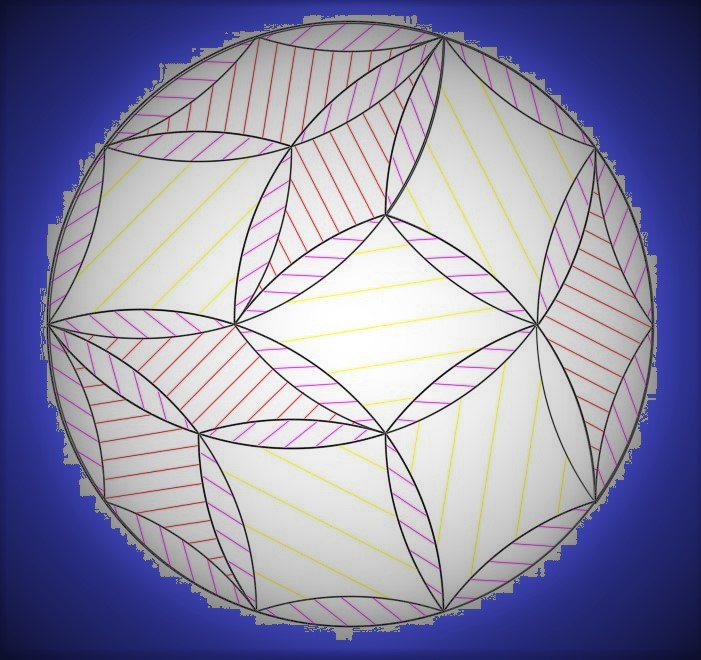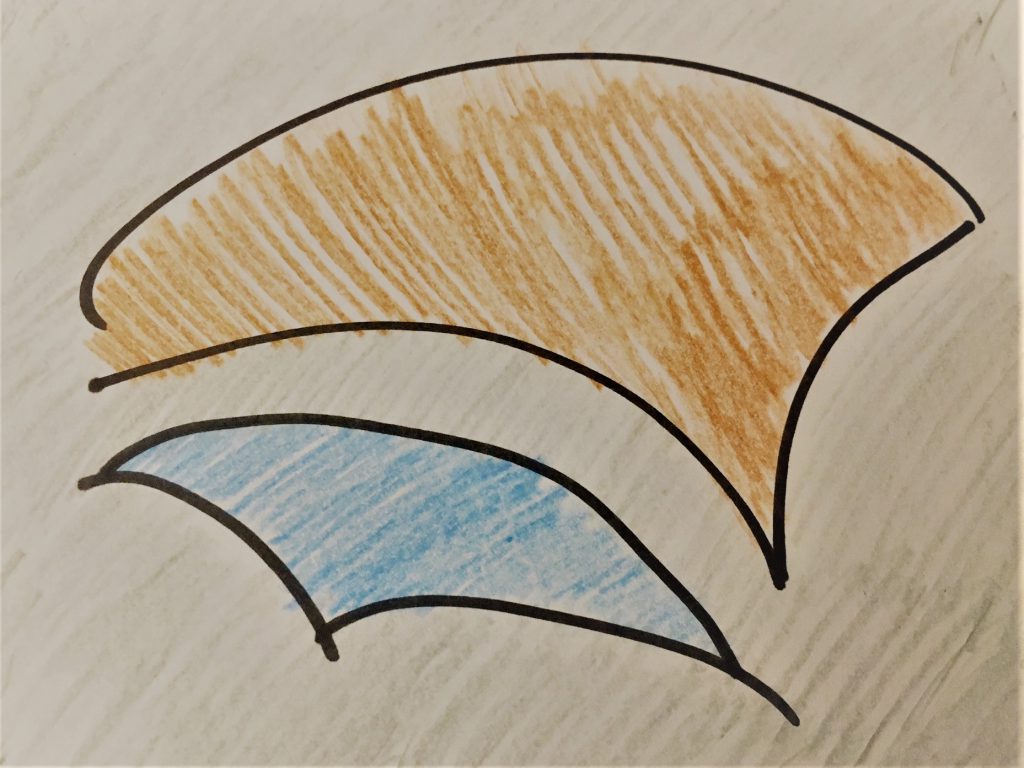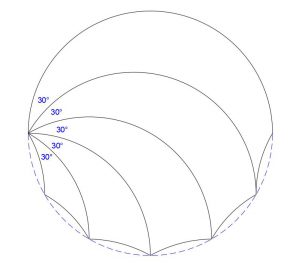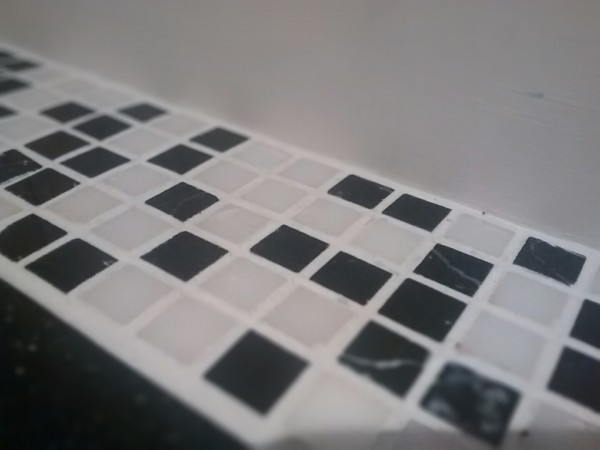
A conversation about mathematics inspired by the new aperiodic monotile. Presented by Katie Steckles and Peter Rowlett, with special guest Chaim Goodman-Strauss.
The paper announcing the discovery is An aperiodic monotile by David Smith, Joseph Samuel Myers, Craig S. Kaplan and Chaim Goodman-Strauss.
Chaim was recording from MoMath in New York, which will be running a creative artwork competition based on the monotile with UKMT. Chaim also mentioned a meeting in Oxford: Hatfest: celebrating the discovery of an Aperiodic Monotile.
Note: This podcast was recorded after the discovery of the ‘hat’ and ‘turtle’ monotiles but before the announcement of the ‘spectre’ monotile. Confused? Don’t worry, we explain in the episode!
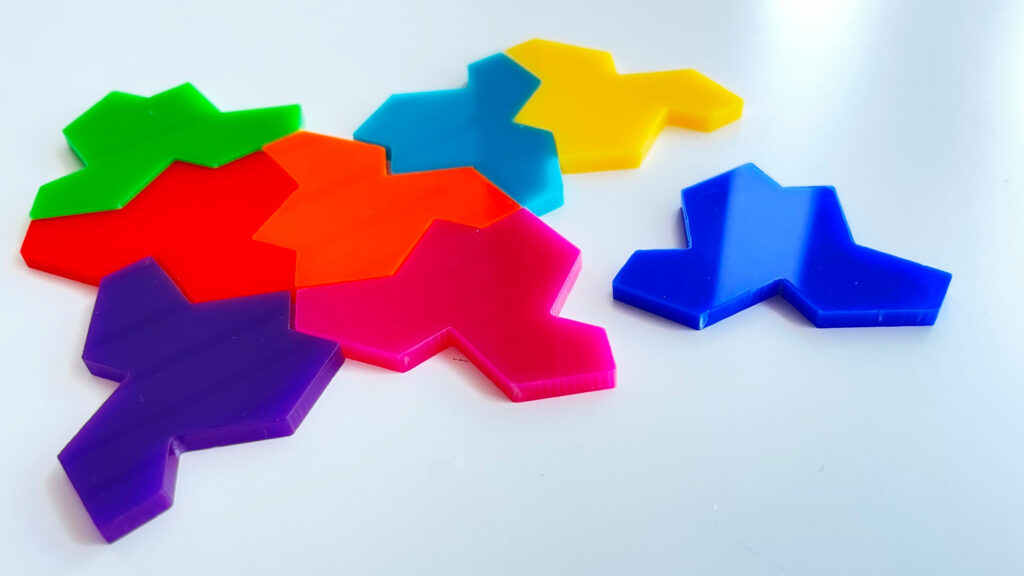
Podcast: Play in new window | Download
Subscribe: RSS | List of episodes

